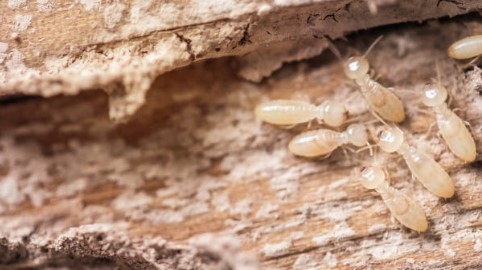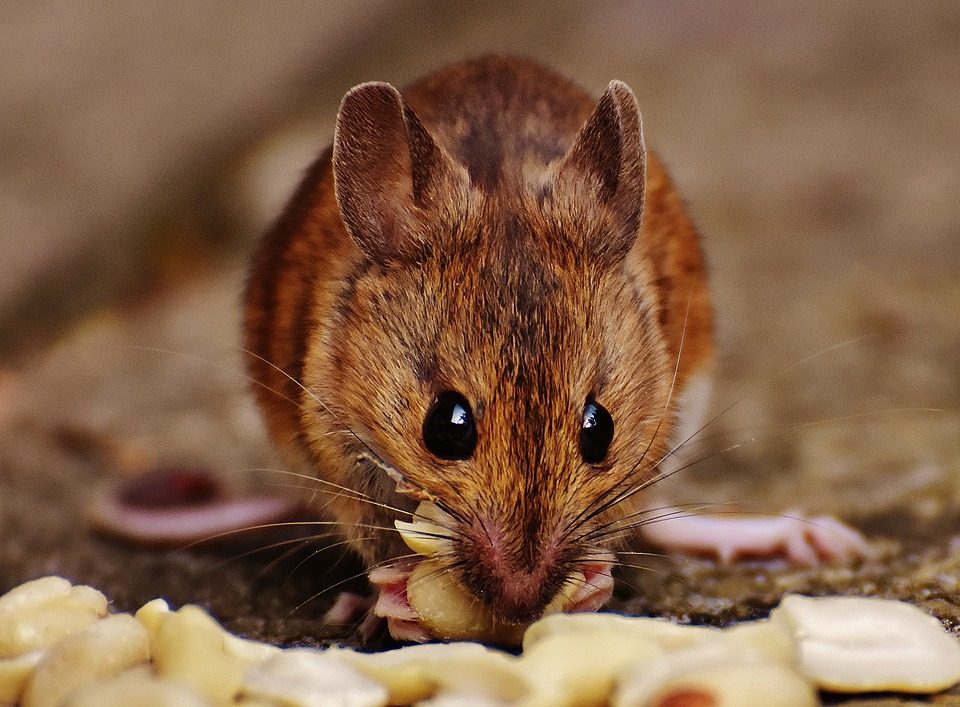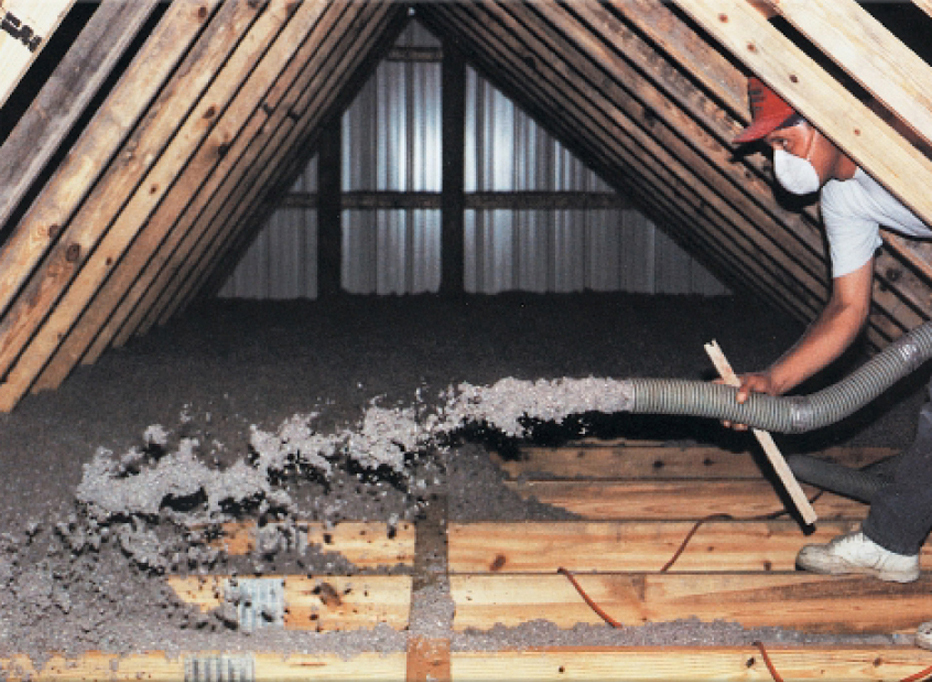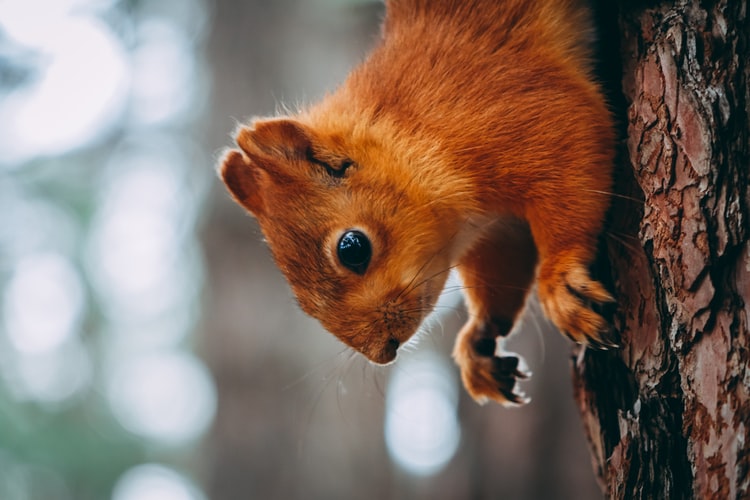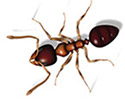

Keeping Your Family Safe from Ticks This Year
January 11, 2019
5 Things to Keep in Mind to Avoid Ants this Season
March 11, 2019Termites are stubborn household pests that can bore holes in your floors, walls and cabinetry – and in your wallet. Left untreated, they can cause extensive and sometimes irreparable damage to your home, leading to even more expensive remedies to save your house. Fortunately for homeowners with termite infestation issues, pest control services in Evans such as Bug Stopper Advanced Services Pest Control, offer an extensive list of solutions to help alleviate the problem. Sentricon termite control is one of the most effective treatments for eradicating termite problems and keeping them at bay. Prevention is always better than the cure, which is why it pays to know exactly how these destructive pests get into your home.
Common construction conditions in homes attract termites. These include air conditioning units that cause run-off moisture and areas with insufficient grading, which cause puddles to form near your home’s foundation. Such conditions create sufficient moisture that makes certain areas suitable for termite colonies. Some common entry points for termites into the home include areas where there is direct wood-to-ground contact, including deck posts, door frames, and porch steps. Subterranean, or underground, termites enter your home through cracks in the foundation and cracks and holes in masonry/concrete blocks, which they use to travel through walls.
Because regular home construction conditions make homes susceptible to termites, it is important to have thorough and regular inspections conducted by pest control services in Evans to help you detect and identify infestations as they occur and before they become bigger problems. Pest control specialists can provide you with permanent solutions to help keep termites at bay, as well as effective ways to eradicate any present infestation that could put your home’s foundation at risk of more expensive damage. Sentricon termite control is an excellent termite control and prevention solution that can help you get rid of termite infestation and prevent future outbreaks.



